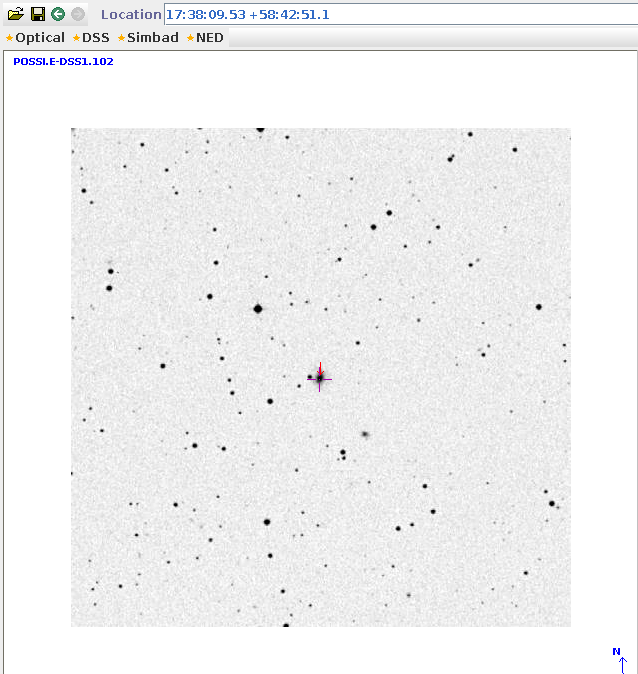
On the night of May 24/25, 2013, I observed for the first time two of the active galactic nuclei (AGN) which are in an ongoing research project on reverberation mapping. I'm part of a team which has been monitoring the brightness of about a dozen galaxies in the infrared, with the Spitzer Space Telescope, and also in the optical with ground-based telescopes. Our goal is to look for a delay between variations in the brightness of these AGN in the optical and in the infrared. Theory says that the optical should vary first, followed a few days/weeks/months later by the infrared. Why? Well, you could read our proposals to Spitzer:
Other members of our team have been measuring the brightness of these galaxies with a number of ground-based telescopes for the past eighteen months. I've decided that perhaps I can help, too. However, these galaxies are fainter than most of the objects we study at the RIT Observatory. The question is -- can we acquire enough signal from the galaxies with our little telescopes to make the effort meaningful?
The setup was:
Notes from the night
The plan was to take test shots of two galaxies, NGC 6418 and Mark 885. All of the galaxies in our sample are at high declination, so they are visible for most of the night at this time of year. Could I find good guide stars for these fields? How long would I need to expose to get good signal?
Target 1: NGC 6418. RA = 17:38:09.53 Dec = +58:42:51.

In order to point to this target, the guider telescope field should look like so:
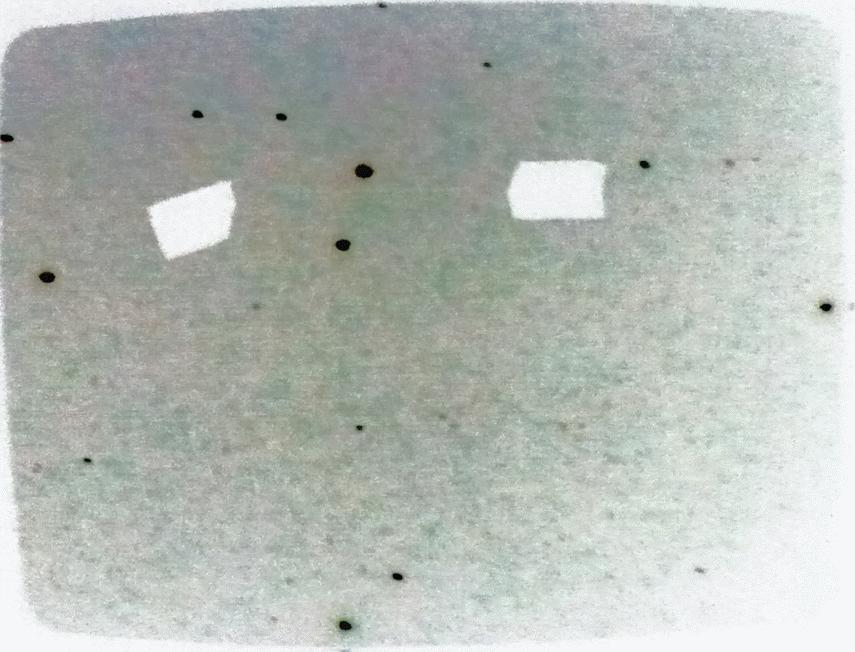
I had trouble finding a good guide star for this field. I took a series of 120-second guided exposures, but many of them showed trailing due to the very faint guide star. So, I switched to a series of 60-second unguided exposures. After stacking each set, I ended up with similar median images. The 60-second version is shown below. The field of view is about 15 arcminutes across, with North up, East to the left. NGC 6418 is the slightly fuzzy object just to the right of a medium-bright star at upper right.
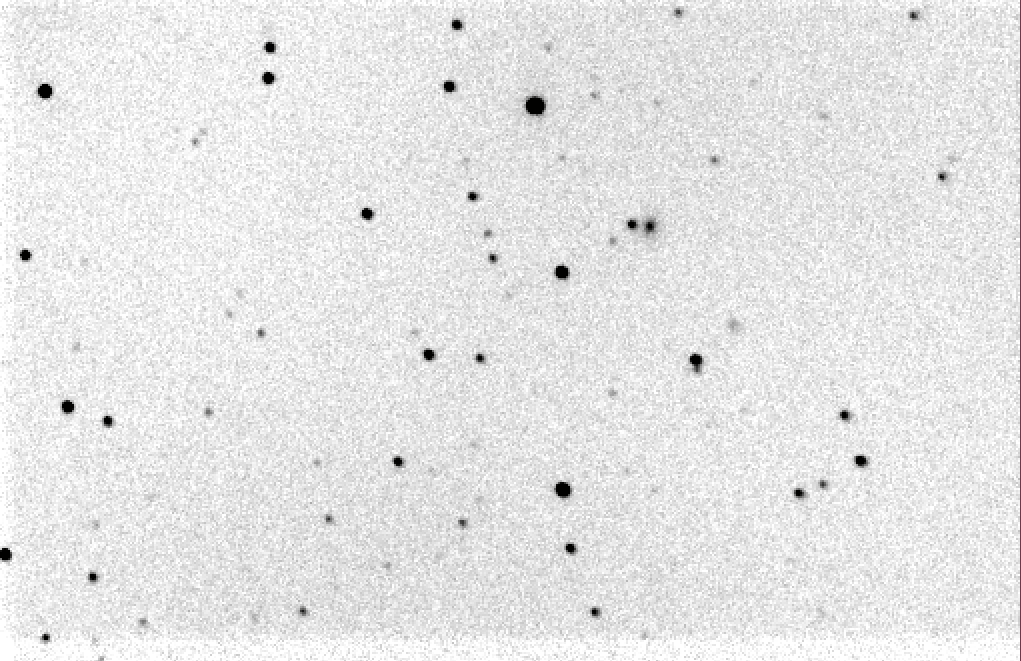
Target 2: Mark 885. RA = 16:29:48.60 Dec = +67:22:41.1
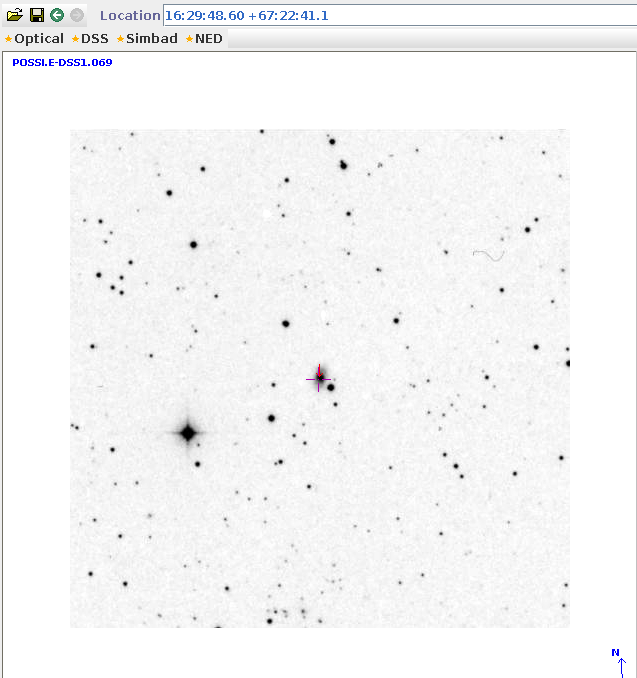
In order to point to this target, the guider telescope field should look like so:
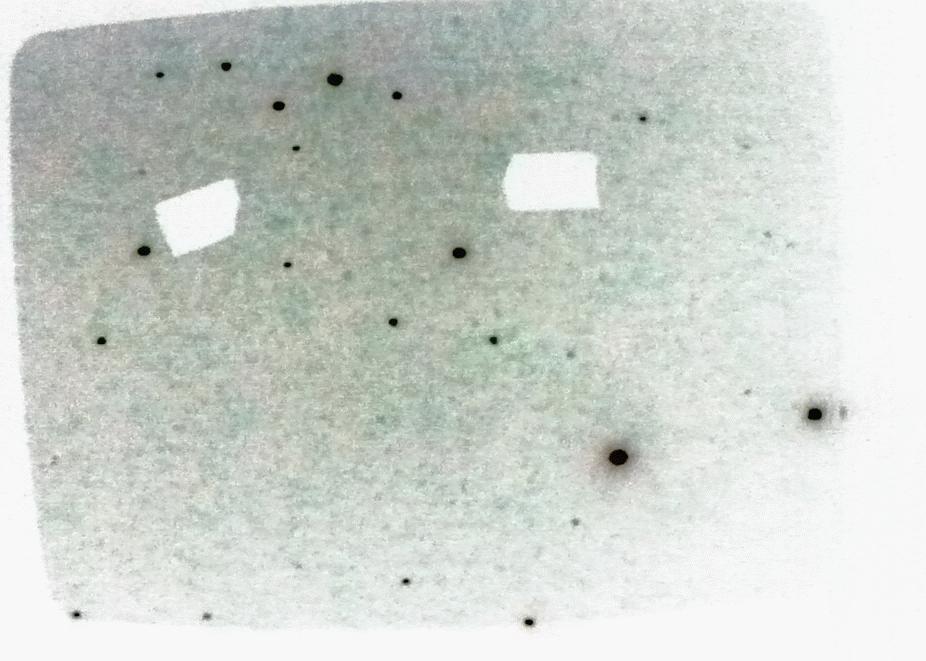
There's a very nice guide star for this field, so I had no trouble with a set of twenty 60-second exposures. I stacked all twenty to create the median image shown below. The field of view is about 15 arcminutes across, with North up, East to the left. Mark 885 is the slightly fuzzy object just to the upper left of a medium-bright star near center.
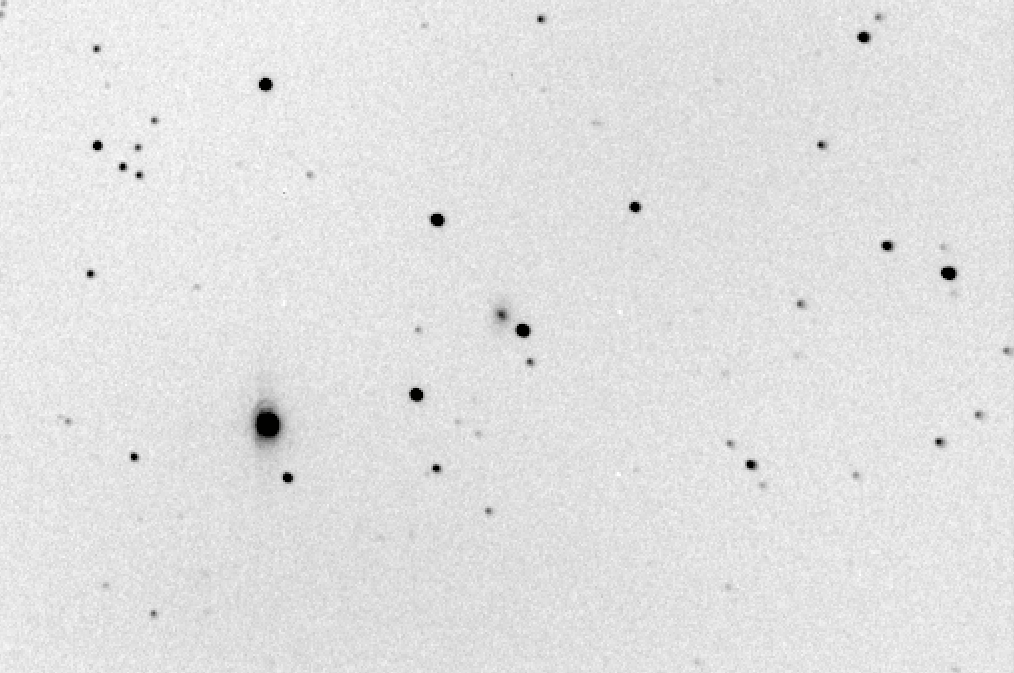
In this case, I ran a quick ensemble photometry solution using the twenty individual 60-second images (NOT the median stack). Below is the scatter in the measured aperture magnitudes of objects in the field as a function of their differential magnitudes. Mark 885 is at differential magnitude 5.776: its scatter from image to image is only 0.06 magnitudes, which means that the signal-to-noise ratio in the stacked image should be pretty good!
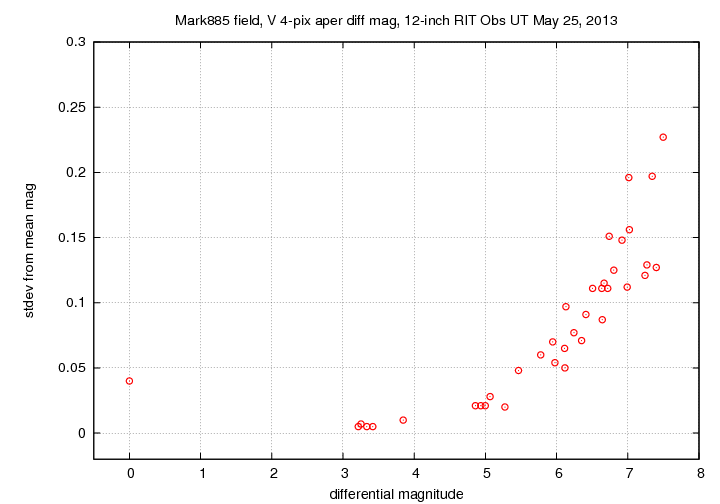
It looks like these two galaxies, at least, can be monitored using the RIT Observatory.
Last modified 05/25/2013 by MWR.